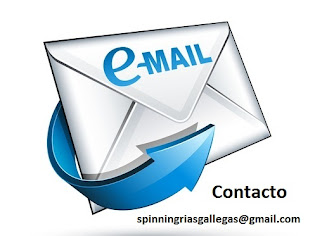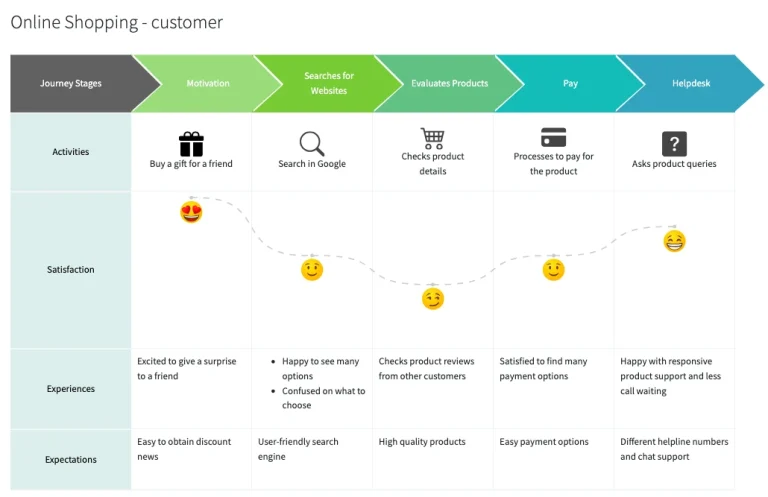
In the digital age, email marketing remains one of the most powerful tools for businesses to engage with their audience, drive sales, and build long-term relationships. But the success of any email campaign starts with a single, crucial step: capturing high-quality email addresses from website visitors.
This is where optimized email capture forms come into play. These are not just simple sign-up boxes—they’re strategic tools designed to convert casual visitors into loyal subscribers. In this article, we’ll explore how to create email capture forms that are both effective and user-friendly, helping you grow your list and boost engagement.
What Is Optimized Email Capture and Why It Matters
Optimized email capture refers to the process of designing and implementing sign-up forms on your website that encourage users to provide their email addresses in exchange for valuable content or incentives. These forms are carefully crafted to align with user behavior, psychological triggers, and best practices in web design.
Why does it matter? Because without a robust email list, even the best marketing campaigns fall flat. According to Litmus, every $1 spent on email can generate up to $36 ROI. That’s a staggering return on investment, which highlights the importance of optimizing your email capture strategy.
Moreover, in 2024, consumers are more selective about what they subscribe to. They want value, relevance, and trust. An optimized form doesn’t just collect emails—it builds relationships from the very first interaction.
How Optimized Email Capture Impacts SEO Performance
While email capture might not directly affect your search engine rankings, it plays a critical role in overall SEO performance through several indirect channels:
- User Engagement: A well-designed email capture form increases user interaction with your site, which can improve dwell time and reduce bounce rates—both of which are positive signals for search engines.
- Content Promotion: Email lists allow you to promote new content (blogs, guides, videos) to a targeted audience, increasing traffic and backlinks.
- Brand Authority: A growing email list signals to search engines that your brand is active, relevant, and trusted, which can enhance your domain authority over time.
Additionally, email capture forms often serve as a gateway to other content, such as free resources, webinars, or exclusive offers. This creates a more dynamic user journey, which is a key component of search intent alignment and content clustering strategies.
Step-by-Step Implementation Framework
Creating a high-converting email capture form isn’t just about placing a box on your site. It’s a strategic process that involves understanding your audience, testing different approaches, and continuously refining your strategy. Here’s a step-by-step guide:
- Define or Audit the Current Situation
- Start by analyzing your existing email capture forms. Are they visible? Are they easy to use? Do they clearly communicate the value of signing up?
- Use tools like Hotjar or Google Analytics to track user behavior and identify pain points.
-
Consider your target audience: What do they care about? What kind of incentives would entice them?
-
Apply Tools, Methods, or Tactics
- Offer Value First: Always make it clear what the user gets in return. Whether it’s a discount, a free resource, or exclusive updates, the benefit must be obvious.
- Use Social Proof: Testimonials, reviews, or user counts can increase trust and conversions.
- Simplify the Form: Ask only for the email address initially. You can always ask for more information later during the confirmation process.
- Leverage Color and Contrast: Use eye-catching colors and clear CTAs to draw attention to your form.
-
Test Multiple Variations: Run A/B tests to see which design, copy, or placement performs best.
-
Measure, Analyze, and Optimize
- Track metrics like conversion rate, bounce rate, and average time on page.
- Use tools like Optimizely or Google Optimize to run experiments.
- Regularly review your data and make adjustments based on what works.
Real or Hypothetical Case Study
Let’s look at a hypothetical case study involving an e-commerce brand called “StyleHub.”
Challenge: StyleHub had a low email subscription rate despite having a strong product lineup. Their email capture form was buried in the footer and offered no clear incentive.
Solution: The team redesigned their email capture form using the following tactics:
– Added a pop-up with a 15% discount for signing up.
– Used bold, contrasting colors and clear CTAs.
– Included a short explanation of what subscribers would get (exclusive deals, early access to new products).
Results: Within two months, their email subscription rate increased by 38%, and their email open rate improved by 22%. The new subscribers also contributed to a 17% increase in sales over the same period.
Tools and Techniques for Optimized Email Capture
To implement these strategies effectively, consider using the following tools:
- Privy – A popular tool for creating customizable pop-ups and exit-intent forms.
- Justuno – Offers advanced segmentation and personalization features.
- Wisepops – Ideal for brands looking to invest in high-impact on-site marketing.
- Klaviyo – Great for integrating email capture with your broader marketing automation.
- HubSpot – Provides a full suite of tools for lead generation and email marketing.
- ConvertKit – Simple and intuitive, perfect for small to medium-sized businesses.
These tools help streamline the process of designing, testing, and deploying your email capture forms while providing valuable analytics to guide your decisions.
Future Trends and AI Implications
As AI continues to shape the digital landscape, the future of email capture will likely involve more personalized and predictive experiences. For example, AI-powered tools may soon be able to suggest the best time to show a pop-up based on a user’s browsing behavior or predict which offer is most likely to convert.
Additionally, with the rise of voice search and multimodal interactions, email capture forms may need to evolve to accommodate new input methods. Brands that adapt quickly to these changes will be better positioned to stay ahead of the curve.
One actionable insight for now: start experimenting with AI-driven A/B testing to refine your email capture strategy. Tools like SurferSEO or NeuralText can help you analyze and optimize your forms using machine learning insights.
Key Takeaways
- Email capture forms are a critical part of your marketing strategy. They help you build relationships, drive conversions, and grow your business.
- Value is everything. Always make it clear what the user gets in return for their email.
- Keep it simple. Avoid overwhelming users with too many questions upfront.
- Test and iterate. Use A/B testing to find what works best for your audience.
- Stay ahead of trends. Embrace AI and new technologies to improve your email capture strategy.
By focusing on user experience, value, and continuous optimization, you can create email capture forms that not only collect emails but also build lasting customer relationships.
Meta Title: How to Design High-Converting Email Capture Forms
Meta Description: Learn how to create email capture forms that convert with proven strategies, tools, and real-world examples.
SEO Tags (5): email capture, high-converting forms, email marketing, lead generation, subscriber growth
Internal Link Suggestions: [Parameter #1: Search Intent Alignment], [Parameter #2: Topical Depth & Relevance], [Parameter #3: Original Insights]
External Source Suggestions: https://www.litmus.com, https://www.hubspot.com

![]()





